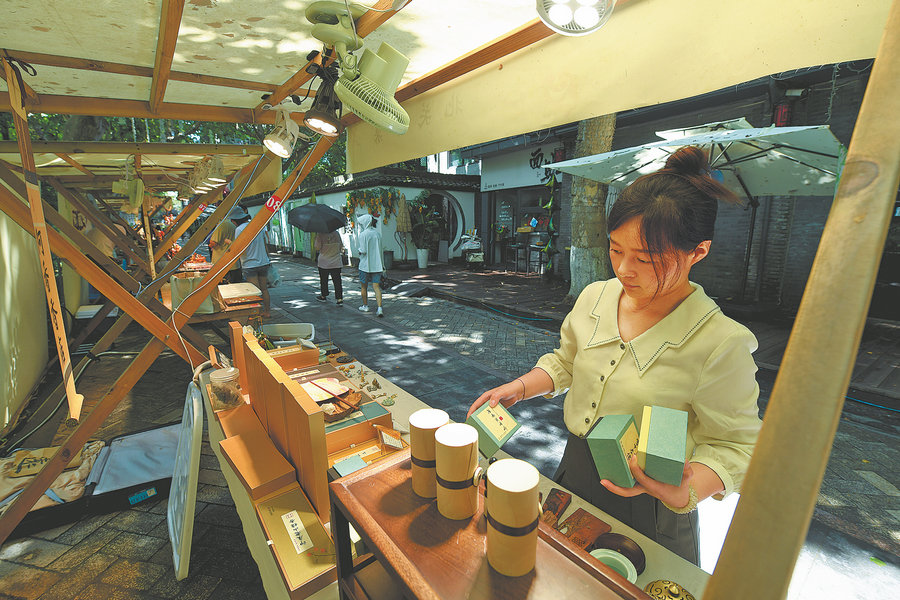Young artisans revive curative benefits of Chinese incense
New generation turns to scents, traditional rituals to relieve pressures of modern life


For Weng, this concept of harmony provided a framework for his work.
"In traditional incense making, just like in Chinese medicine, balance is key," he said. "Some ingredients warm the body, while others cool it. By finding the right ratios, you can create something that promotes well-being while being beautiful to experience."
As he dove deeper, Weng began studying ancient texts on herbs and traditional recipes, combining his father's practical knowledge with his own research. He learned that incense making requires precise methods and preparations that resemble making traditional Chinese medicines.
For instance, the herb rhubarb, often used for its earthy aroma, needs to be soaked overnight in rice wine to soften its intensity.
Sandalwood has a "dry heat", which can irritate if unprocessed. To temper it, Weng soaks it in honey or green tea before slowly roasting it. This intricate preparation reflects knowledge of how each herb interacts with both the body and other ingredients.
"Each herb has its own properties, its own way of expressing itself," Weng said. "If you simply mix them, you won't get a harmonious blend. It takes time, patience, and a certain respect for the ingredients to bring out their best."


















